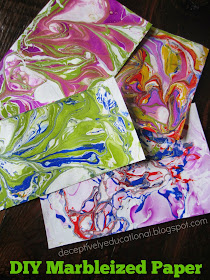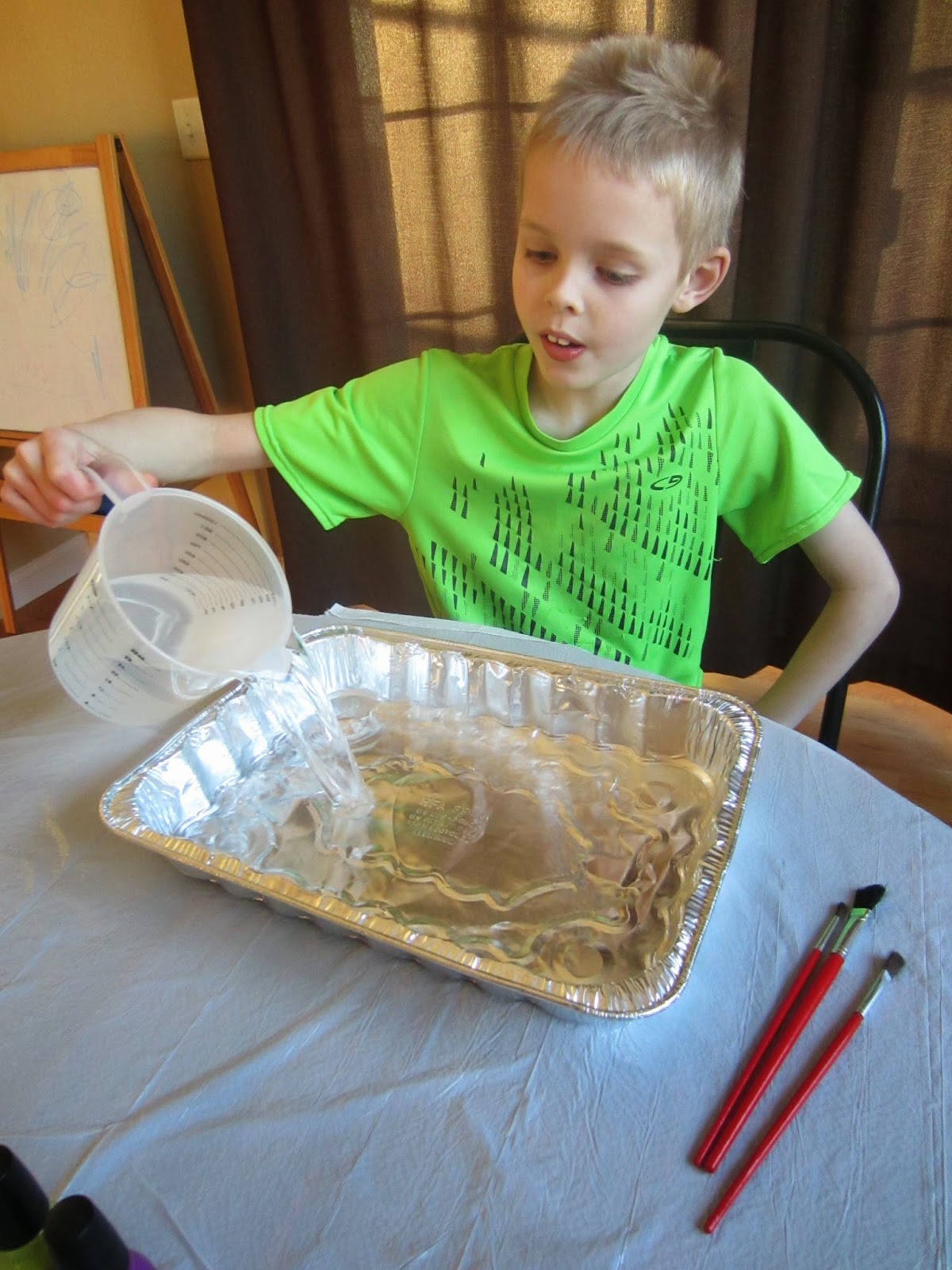My five-year-old's alternative kindergarten teacher has
been working with the kids on phonics and I'm blown away by how fast my son is
picking them up. While he's pretty good at remembering each letter's sound, I
wondered how he'd do identifying the beginning sounds of words.
To test him, I grabbed 12 household items (e.g. iPad,
apple, scissors, puzzle pieces, LEGOs, etc.) and placed them around the edge of
our round kitchen table.
Then I grabbed the letter cards I made for the Alphabet Blackout game (the link to download them free from Google Drive is in the blog
article). I only gave him the twelve letters that started the words for each
object on the table.
It was up to him to circle the table and place the
correct letter card next to each object. He worked so hard to get them right,
slowly saying the words out loud and then looking through his small stack of
cards.
He only struggled with the orange (O) and yarn (Y). All
the others came to him fairly easily.
We'll definitely be doing this activity again. It's
cheap, simple, and requires 5 minutes of prep, which is perfect for a busy
parent!




















































